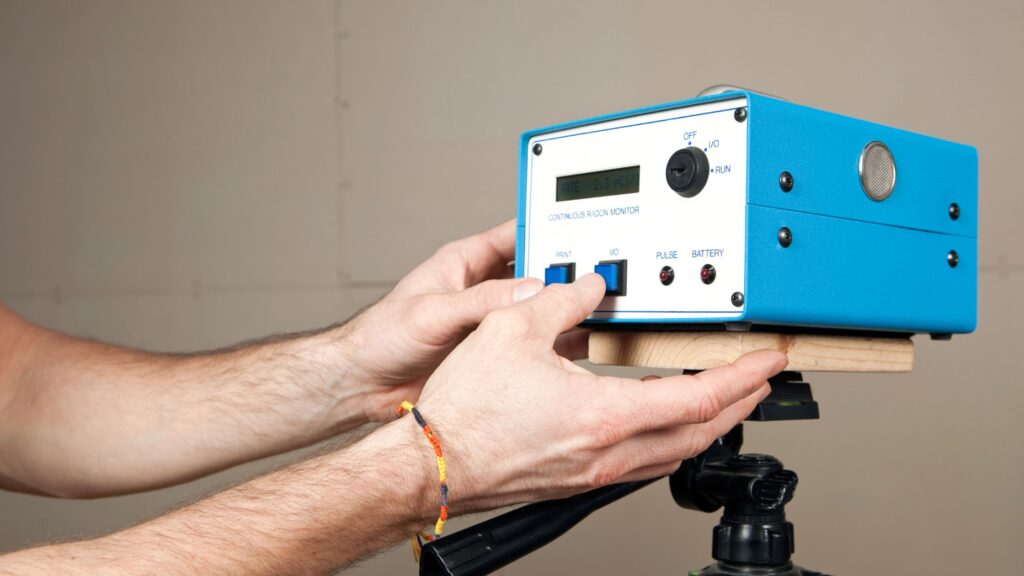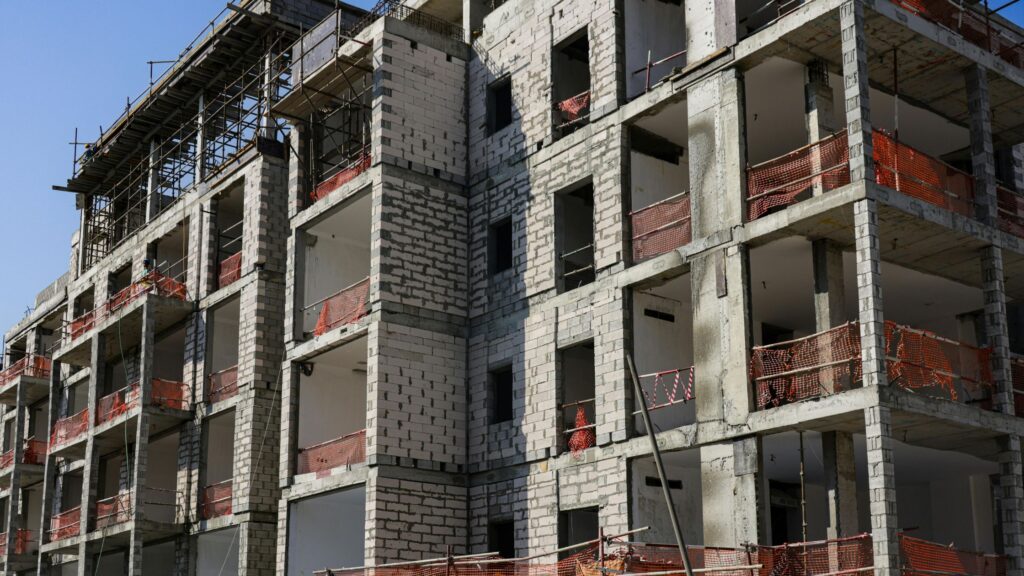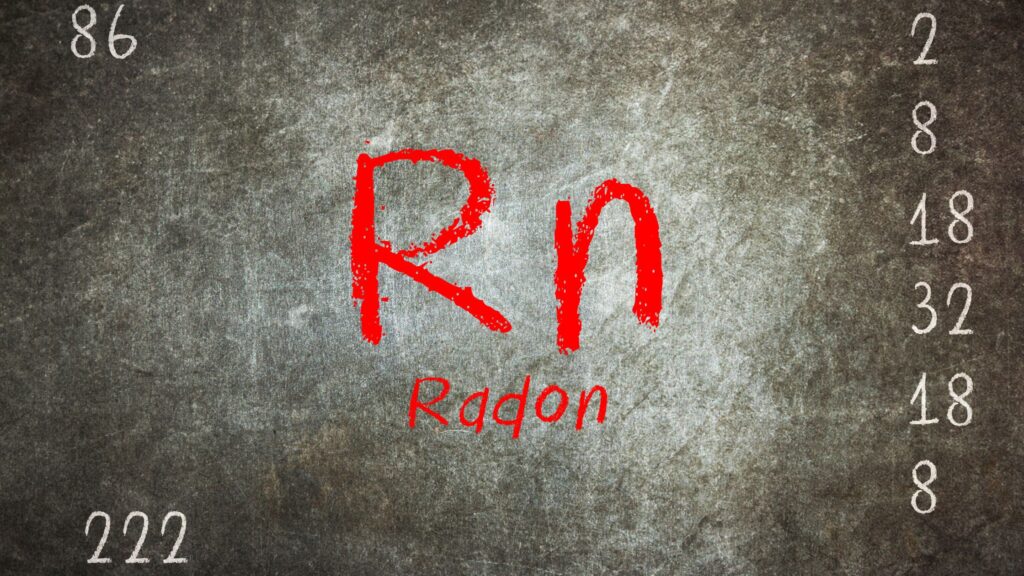Radon poses a silent yet serious threat in many homes across the United States. Although you can’t see or smell it, radon can accumulate to dangerous levels, increasing the risk of lung cancer with long-term exposure. Fortunately, a radon mitigation system offers a reliable and proven solution to control this invisible hazard. Homeowners in Iowa, especially in radon-prone zones like Des Moines, need to stay proactive.
Des Moines Radon specializes in helping families breathe safer air. Their expert services include precision radon testing, advanced mitigation techniques, and long-term follow-ups. By choosing a certified mitigation team, homeowners not only protect their health but also boost their property’s value and safety rating.

What Is a Radon Mitigation System?
A radon mitigation system uses mechanical ventilation to draw radon gas from beneath a building and safely exhaust it outdoors. It typically combines a network of pipes, a suction point under the slab or in a crawl space, and a continuously operating fan. Experts often seal cracks and openings in floors and walls to maximize efficiency. This active soil depressurization technique remains the most effective method to lower indoor radon levels. Learn more here.
Benefits of a Professional Radon Mitigation System
Beyond health protection, a professionally installed radon mitigation system can influence other crucial aspects of homeownership. Many homeowners’ insurance policies now recognize radon as a potential hazard, so mitigating it may improve your eligibility for coverage or reduce premiums.
Also, if you’re planning to sell your home, having an active radon system installed can reassure prospective buyers. Real estate transactions often stall or fall through when high radon levels are detected during inspections. By having a mitigation system already in place, you eliminate objections early and show buyers you’ve maintained your home responsibly. Many buyers now expect radon mitigation as part of modern home safety standards.
The environmental benefits also matter. By properly venting radon outdoors, you’re preventing its buildup in soil and groundwater, protecting not just your household, but the broader ecosystem as well.
Why You Need a Radon Mitigation System
You need a radon mitigation system because radon ranks as the second leading cause of lung cancer after smoking, according to major health organizations. Because radon enters homes through the soil via cracks or openings, even seemingly well‑ventilated houses can face dangerous levels. When indoor radon exceeds 4.0 pCi/L (about 148 Bq/m³), mitigation becomes essential to protect occupant health and meet EPA guidelines.
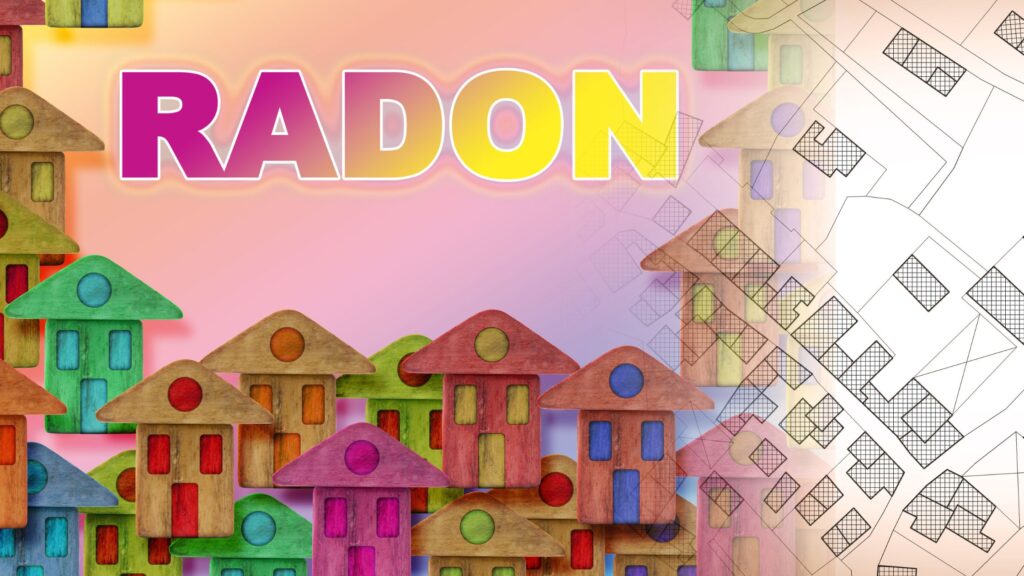
How Des Moines Radon Implements Mitigation Systems
Des Moines Radon focuses on individual client needs across Des Moines, Ankeny, Johnston, Urbandale, Waukee, and surrounding areas. They begin with professional radon testing to measure exposure levels over multiple days. If readings exceed 4.0 pCi/L, they design a custom radon mitigation system using industry‑standard active soil depressurization, sealing, and, where needed, waterborne radon treatment and air purification systems.
Step‑by‑Step Radon Mitigation System Process
- Initial Testing and Assessment: Des Moines Radon conducts short‑term or long‑term radon tests to determine if mitigation is needed. They explain results clearly.
- System Design and Planning: They plan pipe routing, fan placement, and sealing strategies that match the home’s construction.
- Installation: Technicians install the mitigation system with minimal structural changes. The fan runs continuously to vent soil gas outdoors.
- Post‑Installation Testing: They retest radon levels after system installation to ensure levels fall below recommended thresholds.
- Maintenance & Monitoring: They advise periodic checks and retesting every two years or after major repairs.
Benefits of a Professional Radon Mitigation System
A. Health Protection:
Installing a radon mitigation system significantly reduces lung cancer risk by lowering radon exposure.
B. Peace of Mind
You gain reassurance knowing that professionals handled testing, design, and installation thoroughly.
C. Increased Property Value
Homes with mitigated radon levels often attract buyers more easily and sell at better prices.
D. Compliance with Standards
The system meets industry standards such as ASTM E‑2121 and EPA guidelines, ensuring safety and legality.
Common Types of Radon Mitigation Systems
Des Moines Radon installs different types of radon mitigation systems, matching home structures and radon sources:
- Sub‑slab Depressurization: Creates suction beneath the foundation slab to vent radon outdoors—ideal for slab‑on‑grade homes.
- Sub‑membrane Suction System: Used under crawl spaces, with a plastic membrane plus a suction pipe and fan.
- Sealing and Ventilation Enhancements: Used alongside suction systems, though alone, sealing rarely brings levels low enough.
- Waterborne Radon Treatment: They can treat radon in well water using aeration or activated charcoal systems as needed.
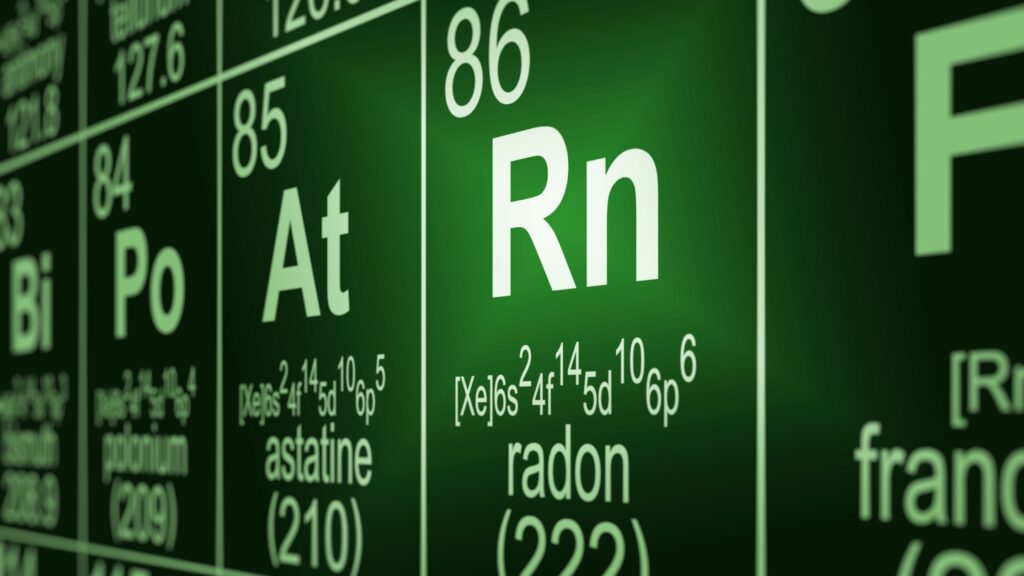
Conclusion
When radon test results exceed safe levels, installing a radon mitigation system becomes essential. Des Moines Radon offers expert radon testing, tailored system design, professional installation, and retesting across the Des Moines metro area. They combine advanced mitigation methods—like active soil depressurization and waterborne radon treatment—to deliver reliable results. To safeguard your home’s air quality and investment, trust DSM Radon Services at DSM Radon.
FAQs
1. How long does a radon mitigation system take to install?
Most installations take one day. Des Moines Radon typically completes the work within a few hours and schedules efficiently.
2. How much does a radon mitigation system cost?
Cost varies by home configuration. In the Midwest, many systems average between $1,200 and $1,800, depending on complexity.
3. Will sealing alone fix radon issues?
No. Sealing can help, but rarely reduces radon sufficiently by itself. Efficient systems like soil suction and ventilation offer a consistent reduction.
4. How often should I retest radon levels after installing mitigation?
The EPA and experts recommend testing every two years, and always after any significant changes to the foundation or system.

